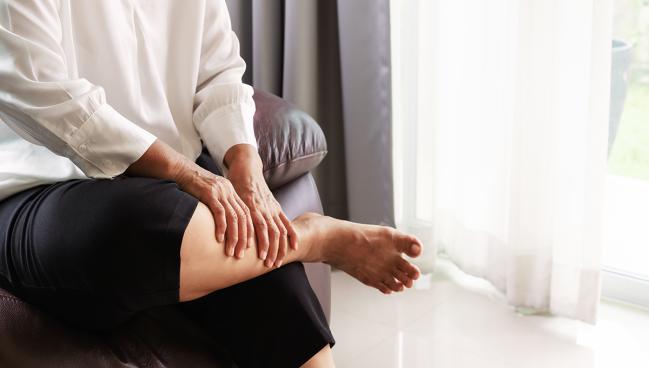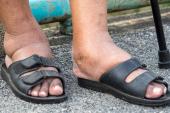Take Heed of Sex Differences in Peripheral Vascular Disease: AHA
For many of these conditions, women present later and sicker, and are less likely to be treated appropriately.

There are significant differences in the prevalence, diagnosis, treatment, and outcomes of peripheral vascular disease (PVD) between men and women, according to a statement from the American Heart Association (AHA) published this week Circulation.
Esther Kim, MD, MPH (Atrium Health/Sanger Heart and Vascular Institute, Charlotte, NC), who chaired the writing committee, said that while there has been increasing attention paid to sex-based differences in cardiovascular disease over several years, the same dedicated efforts haven’t extended to PVD, such as aortic disease and peripheral artery disease.
“The vast majority of the literature is really on heart disease in women,” Kim told TCTMD, noting that this includes coronary artery disease, heart failure, and arrhythmias, among other conditions. “But really [there’s] not a lot in vascular disease.” Given the gap, Kim said the time was ripe for a multidisciplinary document that defined sex-based differences in PVD, with an emphasis on the peripheral arteries, including the aorta and branch vessels.
With aortic aneurysm and dissection, the statement notes, prevalence is higher in men than in women, but women are older when diagnosed. Research suggests the annual rate of abdominal aortic aneurysm (AAA) is nearly twofold higher in men—354 versus 174 cases per 100,000 men and women, respectively—but women present 5 to 10 years later than men. Lower prevalence and later presentation also hold for thoracic aortic aneurysm (TAA) and acute aortic syndromes, such as dissection.
With treatment, such as thoracic endovascular aneurysm repair (TEVAR) for TAA, postoperative, 30-day, and 1-year mortality is higher in women than men. After open repair for intact or ruptured AAA, women have a higher risk of mortality than men. Elective endovascular repair, however, is more commonly performed in men, which may be related to anatomical factors. However, women have been historically underrepresented in many of the randomized trials comparing endovascular repair with open surgery for AAA and in other industry-sponsored studies with devices.
“When a woman presents, they’re older, they’re sicker, and their disease is more severe,” said Kim. “They’re not able to get endovascular treatment because the device was not developed to treat women. Perhaps we need more flexible catheters, or differently shaped catheters. Perhaps we need balloons that are not the same size. The list could go on and on, but I would say that there needs to be work to bring equity in terms of representation in device trials.”
With peripheral artery disease, the prevalence varies, but studies have suggested similar rates among men and women. The prevalence of PAD is higher among Black and American Indian women than among white women. Risk factors for PAD are largely similar between sexes, but symptoms can vary, with women more likely than men to report no symptoms or atypical exertional leg symptoms. Women present later with PAD and are less likely to receive guideline-directed medical treatment, such as statins, or participate in supervised, structured exercise.
“This is the same story in heart failure and coronary disease as well,” said Kim. “It’s the same story, just in the vasculature. So why is it that some women aren’t getting treatment, or perhaps why is it that some women aren’t adhering to treatment maybe to the same rate as men? Maybe they need more counseling? Maybe they care more about the side effects? Maybe they’re more afraid to talk to their doctors?”
Future research, she added, should focus on understanding the reason for the treatment disparities.
The AHA statement also highlights sex-based differences in mesenteric artery disease, vasculitis, peripheral aneurysms and dissecting arteriopathies, and carotid artery disease, noting that women are much more likely to develop fibromuscular dysplasia and chronic mesenteric ischemia. When it comes to carotid disease, women are at a higher risk of stroke over the lifespan than men but have also been underrepresented in stenting and endarterectomy trials.
“These numerous disparities provide opportunities to pursue health equity for women with PVD, and it is imperative that future research, including basic and translational research, incorporates sex-based variables in their design and reporting,” writes the AHA committee. “Within the inequities for women exist other racial and sociodemographic disparities that further exacerbate sex-based differences.”
Michael O’Riordan is the Managing Editor for TCTMD. He completed his undergraduate degrees at Queen’s University in Kingston, ON, and…
Read Full BioSources
Kim ESH, Arya S, Bryce Y, et al. Sex differences in peripheral vascular disease: a scientific statement from the American Heart Association. Circulation. 2025;Epub ahead of print.
Disclosures
- Kim reports no relevant conflicts of interest.





Comments